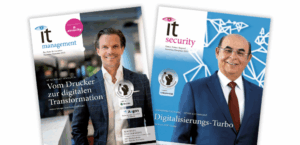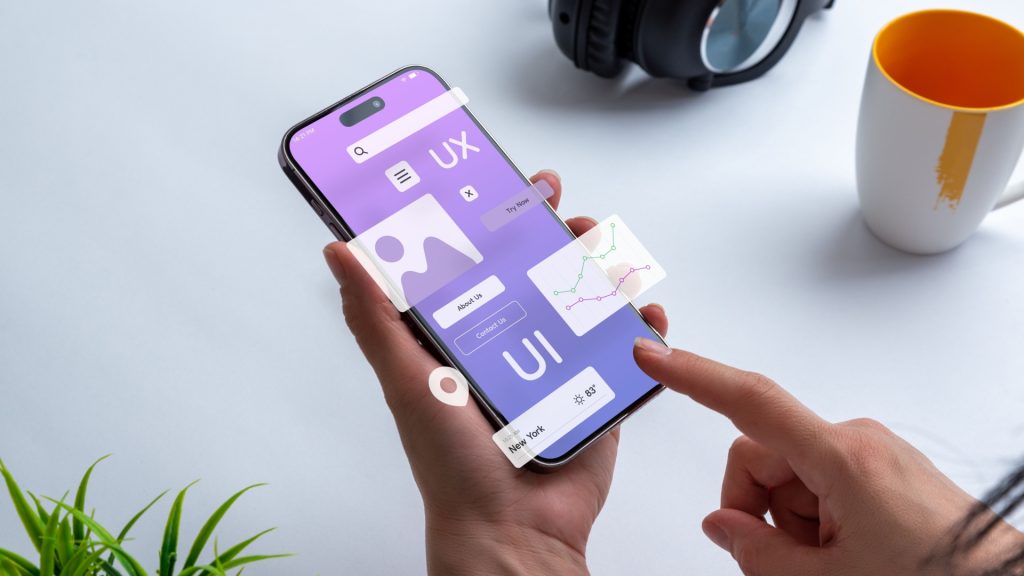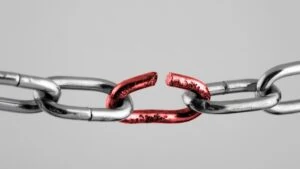Felix van de Sand, co-founder and CEO of COBE, an agency for UX/UI design and software development, explains why IT managers must make UX design their responsibility and describes what a successful, efficient UX design process looks like.
In far too many companies, UX design still has the stigma of being responsible for mere aesthetics. Yet UX design is about much more than that. Of course, a digital product or application should ideally look appealing. However, modern UX design processes are primarily characterized by combining complex IT development with psychology, market research results and tight budgets. In today’s digital landscape, user experience (UX) design is far more than an “art project for free spirits”. It must be an integral part of the development of all digital products – both for customer applications and internal interfaces.
For both employees and customers, user-friendly applications are more important than ever before. The vast majority of them are confronted with digital applications every day. As a result, the demands placed on them are increasing. 66% of the “application generation”, as the US company Cisco calls them in a study, stated in 2023 that their expectations of apps have risen again since 2021. Every second respondent said that a poor user experience makes them feel that publishers do not respect their time.
Project managers in IT departments need to understand that UX always plays a part in how successfully users interact with the resulting applications. Every digital product has a user experience – if it is not considered during product development, its quality is carelessly left to chance. This is unacceptable in times when efficiency and tight budgets are the order of the day in all companies. IT managers need to know how to successfully create a contemporary, positive and targeted user experience.
What successful UX design looks like
Modern, successful UX design is based on three key principles: User-centricity, efficiency and interdisciplinary collaboration. The user must be at the center of the design process. Continuous user research and practical testing during the development process must ensure that the solutions developed meet the actual needs and expectations of the target group. Iterative design makes it possible to implement adjustments and improvements efficiently. Anyone who first finalizes a product design and only then discusses it will have to implement expensive changes later on. Instead, feedback should be exchanged and adjustments made on an ongoing basis and as early as possible. Interdisciplinary collaboration ensures that different perspectives are used to create a holistic product that is both functional and user-friendly. Design tools such as Figma and Sketch facilitate this collaboration and enable seamless transitions from graphic design to development.
An ideal process can be roughly divided into six steps:
1. Data analysis and problem definition
Digital products are not created for their own sake, but based on a corporate goal or a recognized problem. At the beginning of a UX process, all data relevant to this problem should be collected and analyzed. The aim is to create a product that fits as perfectly as possible – this requires a deep understanding of the requirements.
2. User research
In order to meet the requirements, it is important to understand the needs and problems of the users. If these are not sufficiently clear from the data collected, they must be identified. It can be assumed that most of the expenditure required for this step will be saved later in the process due to the absence of errors and changes. UX designers use methods such as interviews, surveys and observations to gain valuable insights into users’ experiences and expectations. IT developers already have an important role to play in this step: they can identify technical limitations at an early stage and develop realistic solutions.
3. Development of ideas
In the ideation phase, creative solution ideas are developed through brainstorming. Not only designers, but also developers should actively participate. Their technical expertise helps to validate ideas and find innovative approaches that are both user-friendly and technically feasible.
4. Create prototypes
Depending on the strategy, initial prototypes are developed in this phase to visualize and test the solution ideas. Developers are particularly important here, as they create the technical aspects of the prototypes and ensure that they are functional. Prototypes can range from simple sketches to interactive digital models.
Particularly with a view to efficiency, it may be advisable to develop a “Maximum Value Product (MxVP)” directly instead of a “Minimal Viable Product (MVP)” that is gradually expanded. Based on the data collected up to this point, a concept or mockup is developed that would offer the greatest possible benefit within the budget. While the MxVP cannot be expanded at will, it allows greater control over the necessary costs and clearly shows what the product is capable of achieving within the budget.
5. User tests
The prototypes or concepts created are then tested with real users or validated by them. Feedback is collected in order to identify weaknesses and potential for improvement. Developers should be present during the tests and involved in the associated derivations in order to tackle technical problems directly and make quick adjustments.
6. Continuous improvements
Based on user feedback, the prototypes and solutions are improved iteratively. A cycle of testing and adaptation is repeated until the product fully meets user expectations. Even if an MxVP has been decided on, it is important to measure its success with tracking and data collection – if necessary, this can then lead to the start of a new process.
Always think about UX design internally and externally
UX design is an essential part of modern IT projects and by no means a purely creative project. For IT managers, this means that they must view UX design as a strategic investment that increases efficiency and ensures the success of the product. Through close collaboration, iterative processes and a clear focus on the user, companies can develop products and applications that are not only functional but also user-friendly. Thinking about UX design at an early stage reduces the need for expensive rework and minimizes the risk of undesirable developments. At the same time, a user-friendly product increases customer satisfaction and loyalty externally and increases the effectiveness of the employees using it internally. Both lead to an increased return on investment. Particularly interesting for IT managers: Intuitive and well thought-out designs reduce the frequency and complexity of support requests.
For successful UX design, it is important that IT managers and developers feel responsible for this process and recognize its importance. A successful collaboration between graphic designers, developers and well-trained UX designers ensures that the user experience is not only aesthetic, but also performant and scalable.

















